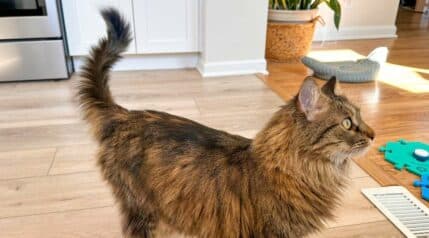When you purchase through links on our site, we may earn a commission. Here’s how it works.
Maine Coon cats are large, wild-looking, and pack big personalities. The breed is among the most popular house cats and is quick to capture your heart. But the best pet insurance policy for Maine Coon cats isn’t the same as other cat breeds. That’s why we’ve created this insurance guide for Maine Coons.
This breed is the second most popular cat breed and ranges in height from 10 to 16 inches and weighs 9 to 25 pounds. No matter the popularity or cat size, this breed is susceptible to accidents and illness like any other feline, making pet insurance an excellent investment.
All cats are unique and pose various health concerns throughout their lifespan, and their breed can impact this. We’ve compiled a list of health concerns for Maine Coon cats and health insurance options to give you options on how to fit an insurance plan for your cat into your budget.
At A Glance
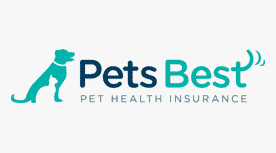
Best
Overall

Best For
Older Cats
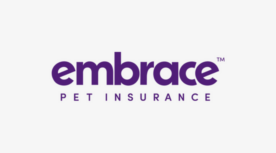
Best For
Wellness Coverage
Note: Clicking the above links take you to each company’s website to learn more and get a quote. If you make a purchase, we earn a commission at no additional cost to you.
Is Pet Insurance Worth It?
According to NAPHIA (North American Pet Health Insurance Association), the average monthly premium for an accident and illness insurance policy in the U.S. in 2022 was $32.25 for cats. If this is something you can afford, then we think pet insurance is completely worth it. And, keep in mind that your price will vary from this average, so be sure to get quotes from multiple companies. Not only does pet insurance allow you to seek out the best medical treatment for your cat, but it also helps you budget your finances.
If the thought of a cat emergency resulting in hundreds or even thousands of dollars causes you to stress, then pet insurance may be beneficial to you. All cats are vulnerable to accidents and illnesses. The important thing to remember is that you must sign up for pet insurance before your cat experiences an emergency.
Additionally, pet insurance doesn’t cover pre-existing conditions. So the sooner you sign your cat up for a policy, the less likely they are to have pre-existing condition exclusions.
Who Offers The Best Cat Insurance Policy?
Below are our top picks for pet insurance for Maine Coon cats based on their breed-specific needs.
Best Overall Pet Insurance
Pets Best
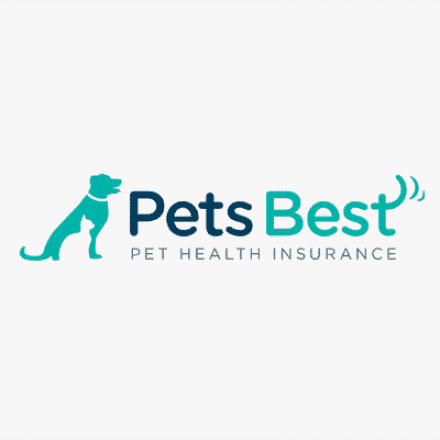
- Extensive coverage
- Some of the lowest prices
- No age limits or restrictions
- Detailed dental coverage
Pets Best is the best pet insurance for Maine Coon cats because of its lower average prices, an absence of a maximum age limit for enrollment, shorter hip dysplasia waiting period (only 14 days), and plan customization options. There are also fewer exclusions for Pets Best in comparison to other companies, including more detailed dental coverage and optional wellness plans.
Best Pet Insurance For Older Cats
Figo
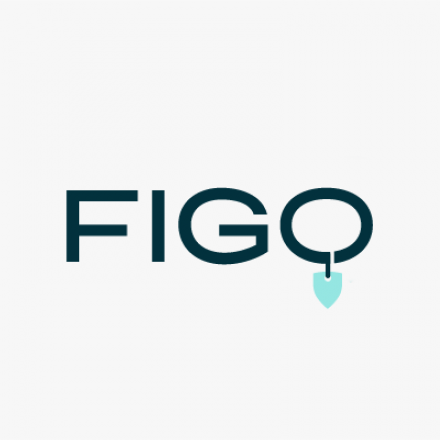
- No age limits or restrictions
- Diminishing deductible for healthy pets
- Offers 100% reimbursement
- Fast claim processing
Best Wellness Coverage Offered By An Insurance Provider
Embrace

- Three optional wellness plans
- Diminishing deductible for healthy pets
- Covers exam fees
- Some curable pre-existing conditions are eligible for coverage
Additional Options We Recommend
Healthy Paws
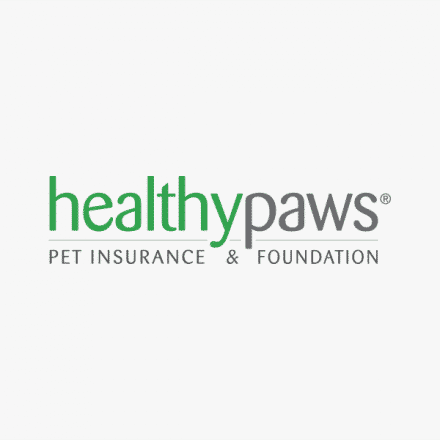
- Unlimited payouts for all plans
- Among the fastest claim processing
- High customer satisfaction
- Affordable coverage for unlimited payouts
Trupanion

- Per-incident deductible
- No transaction or one-time fees
- Can pay the vet directly through Trupanion Express
- 90% reimbursement and unlimited payouts for all plans
Lemonade
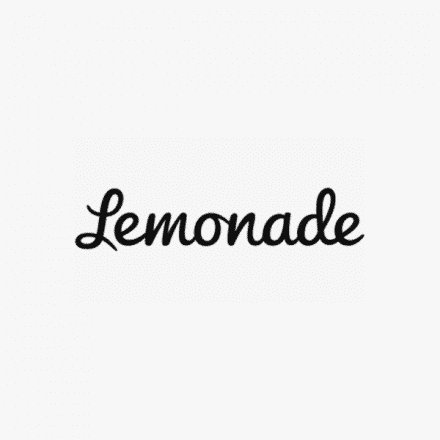
- Artificial Intelligence (AI)-driven claims process allows claim processing within seconds
- Competitive pricing
- Ability to bundle with other insurance products
- No available in all 50 state
Considerations When Choosing An Insurer
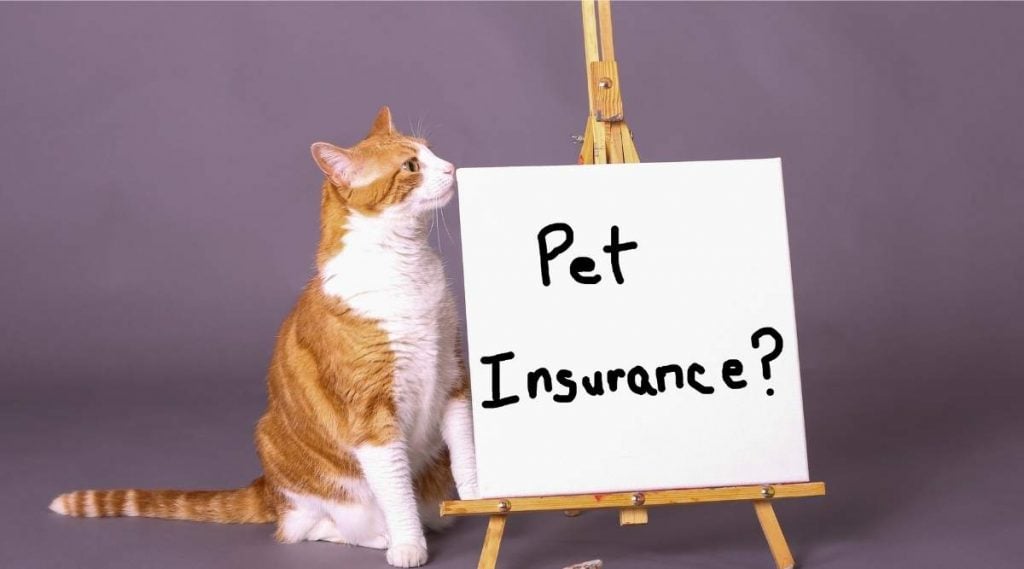
What Are Waiting Periods?
Waiting periods are short periods at the beginning of a new policy until your pet’s health condition is eligible for reimbursement. Remember, pre-existing conditions and accidents and illnesses that are diagnosed or show symptoms during the waiting period are excluded from coverage. The average waiting period for accidents is less than five days and for illnesses is 14 days.
Are There Age Restrictions For Pet Insurance?
Pet insurance companies typically have minimum age requirements (generally between six and eight weeks old) before allowing you to enroll your cat. There are also a few companies that have maximum age restrictions which cap the age at which you can sign up your older cat (14 years old is the most common). Additionally, some companies exclude specific health conditions from coverage if your cat is enrolled beyond a certain age (e.g., hip dysplasia, dental developmental abnormalities, etc.).
What Types Of Pet Insurance Coverage Is Available?
There are two different types of insurance coverage for you to choose from:
- Accident & Illness – These are the most popular type of pet insurance policy because it covers both accidents (e.g., broken bones, foreign body ingestion, etc.) and illnesses (e.g., cancer, diabetes, FIV, etc.), including the most unexpected veterinary costs. Since pre-existing conditions are not covered by any pet insurance companies, it can be financially helpful to enroll in a policy while your cat is still younger.
- Accident-Only – These policies only cover expenses associated with accidents (most sudden physical injuries). Accident-only plans are often cheaper than the more comprehensive accident and illness policies. Owners whose cats have several pre-existing conditions might find this to be a better option.
Some companies also offer a wellness plan (aka preventative care plan) during the enrollment process to cover routine vet expenses such as vaccinations, annual exams, spay/neuter procedures, etc., but check the policy carefully before signing up. This add-on coverage isn’t technically an insurance product is often sold as an add-on to a pet insurance policy. A few companies also offer it separately from an insurance policy.
Premium Is Determined By The Deductible, Reimbursement & Payout Options
The premium is the amount charged by the insurance company that is normally billed monthly or annually to cover your Maine Coon cat’s pet insurance policy. Additional transaction fees are tacked on by some companies when you opt to pay on a monthly basis, so if you can budget to pay the bill once each year, you can save a little on your annual total.
Breed (or mix), location, age, gender, pre-existing conditions, deductible, reimbursement percentage, and payout are among the factors that are used to calculate your premium. Now, you know your zip code and that you have a Maine Coon, its gender, approximate age, and medical history. But what do you need to understand to make the right choices on the deductible, reimbursement, and payout?
- Deductible – The amount of money you are responsible for paying before the provider will start considering reimbursing you for vet expenses. This normally resets each annual policy period (this is based on your date of enrollment – not a calendar year). However, a few companies have per-incident deductibles instead. In this case, you must pay up to this amount for each new condition experienced by your cat. Companies all have their own unique way of thinking about this, so make sure you understand your policy’s fine details. The difference between an annual and per-incident deductible can vastly change the amount of money you’re expected to pay before coverage and reimbursement start to kick in.
- Reimbursement – This is the percentage of any given claim that you’re eligible to receive repayment for after you’ve paid your deductible. 70%, 80%, and 90% are the reimbursement options you will see most often. But you may see additional (or fewer) options based on the company as well as your cat’s age and location.
- Payout – This is the maximum amount a company will reimburse you during a given policy period. While you will likely have a lower premium to pay if you select a low payout limit, this also means that you may be responsible for more costs if your feline needs costly vet treatment.
Most companies allow you to customize your deductible, reimbursement, and payout to find a premium that fits into your budget. But, it is a balancing act as you also want to ensure it will cover your biggest concerns. If you are seeking a lower premium, you might want to choose a plan with a high deductible and reimbursement percentage but a low payout. However, it’s crucial to find a balance between your budget and the worst-case situation if your Maine Coon’s health fails and you are stuck paying several expensive vet bills.
What Are Pet Insurance Exclusions?
Exclusions are listed in your policy and outline the items not covered by your provider. Examples of exclusions include pre-existing conditions, musculoskeletal disorders, specific dental treatment, hereditary disorders, and more.
The most likely and substantial concern for Maine Coons is that a few companies have additional waiting periods for orthopedic conditions, such as hip dysplasia. Because Maine Coon cats have a high risk of hip dysplasia, you’ll want to read the policy carefully to ensure you understand and are okay with any additional restrictions regarding this condition.
Common Health Issues In Maine Coon Cats

Maine Coon cats generally live 12-15 years.
Hip Dysplasia
Hip dysplasia is most commonly diagnosed in larger cat breeds, including the Maine Coon breed. The specific cause of feline hip dysplasia has yet to be identified, although many think there is a genetic component.
Prevention and treatment for feline hip dysplasia are limited. The best thing you can do is ensure your cat isn’t overweight and keep their hip muscles strong. You can assist with this by having your cat jump up on a counter to get their food or hide the food under a sofa, so your cat has to crouch down to find it.
Some vets recommend anti-inflammatory medication and dietary supplements containing glucosamine and chondroitin, both of which help strengthen cats’ connective tissues. Surgery is an option in advanced hip dysplasia cases, including a femoral head and neck excision and micro total hip replacement. Feline hip dysplasia surgery costs can run $1,500 up to $12,000 depending on the type of surgery recommended by the vet and if both sides require treatment.
Spinal Muscular Atrophy (SMA)
Spinal muscular atrophy is a genetic disorder of Maine Coon cats that causes muscle weakness in the spine. Affected felines develop an abnormal walk by three to four months of age, and by six months old they are typically too weak to correctly jump.
SMA isn’t painful or fatal, but it is disabling, and there is no treatment. Cats affected by SMA should be cared for indoors, where they are safest. Cats with SMA are unable to jump up and down safely, so all food, water, and other necessities should be on the same level.
Polycystic Kidney Disease (PKD)
Polycystic kidney disease is a genetic condition that causes cysts to form on the kidneys. The cysts start out small and are present from birth, but over time they grow larger and disrupt kidney function resulting in kidney failure.
The speed at which PKD progresses is unpredictable. Most cats don’t display signs of kidney disease until around seven years old. However, some cats experience it at a younger age while others don’t experience it at all.
Diagnostic testing is done to help diagnose PKD, including blood and urine tests, ultrasound of the kidneys, and genetic testing. Treatment consists of special diets, fluid therapy, and medication. Over the cat’s lifetime, polycystic kidney disease can cost $5,000 or more.
Hypertrophic Cardiomyopathy (HCM)
Hypertrophic cardiomyopathy is the most commonly diagnosed heart disease in cats. HCM causes the heart walls to thicken, decreasing the heart’s efficiency and sometimes creating issues in other areas of the body.
The cause of HCM is unknown, but it is more prevalent in some breeds, including the Maine Coon, suggesting that genetics play a role. Diagnosis consists of an echocardiogram and ruling out high blood pressure and hyperthyroidism. Additional tests may be recommended by your vet, including chest radiographs and electrocardiography.
Treatment consists of medication administered orally or by injection. Diagnosis can be up to $1,500 and medication can cost $300 each month.
How To Save Money On Pet Insurance
There are a couple of ways you could save money on pet insurance for your Maine Coon.
Pay Annually
Pet insurance premiums can typically be paid either monthly or annually. If you opt to pay monthly, a transaction fee of $1 or $2 may be added to your bill. However, if you choose to pay annually, the companies often decide to waive the transaction fees. Therefore, if you pay your premium annually, you can save $12-$24.
Multi-Pet Discount
Insurance companies may offer multi-pet discounts to pet parents who take out several policies for their household’s cats and dogs. Some companies offer up to a 10% discount on each pet’s policy, which could save you quite a bit of money.
Final Thoughts
Pet insurance premiums can deter some parents from purchasing a policy for their cats, but the benefits generally outweigh the cost. Knowing that if your cat experiences an emergency, you’ll have financial assistance with your cat insurance policy can provide you peace of mind. You’ll never be faced with choosing between your feline’s health (or life) or your bank account.
The most important thing to remember is to read the fine print in your policy to ensure you completely understand the coverage and exclusions. Contact the pet insurance company if something’s not making sense or you need clarification.





